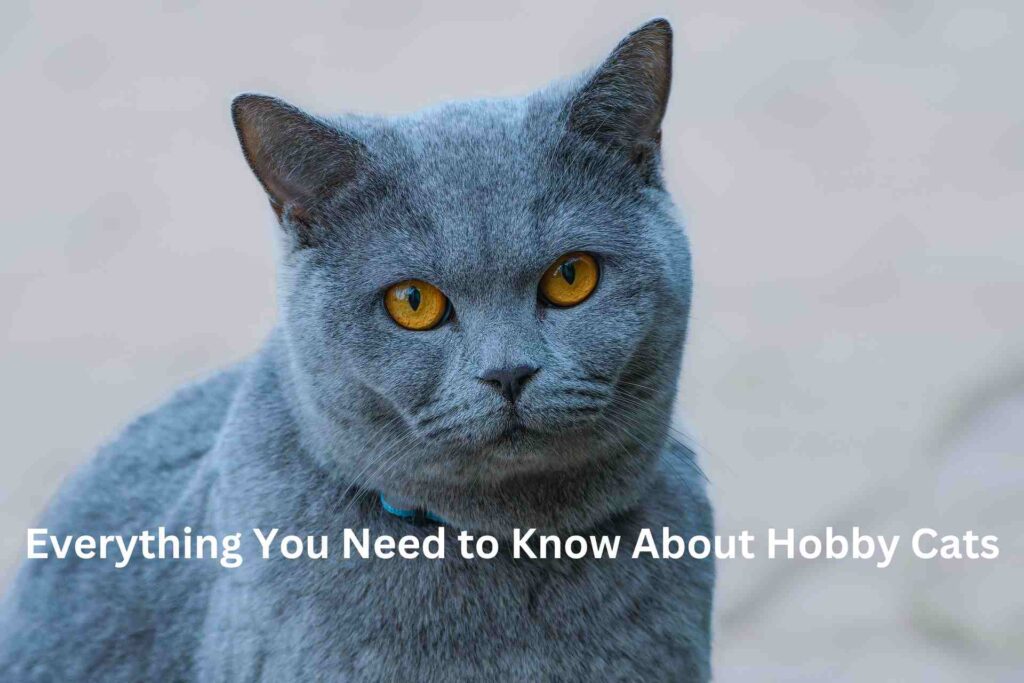
Ensuring that your cat’s food stays fresh, nutritious, and appetizing can be a real hassle if not stored properly. Picking a suitable container for either wet or dry cat food can facilitate proper storage, avoid pest infestation, and ensure that your feline will love every single meal. This guide will cover the advantages of a cat food storage container, the different kinds available, and how to select the best one for your requirements.
The Importance of Cat Food Containers
Using an appropriate storage container does more than simply help organize the cat food. Here is how it can help you:
1. Preserve Freshness: Leaving food out in the open can result in staleness and loss of nutritional value because of air and humidity.
2. Guards Against Contamination: Airtight containers can block bacteria, mold, and insects such as ants or rodents from entering.
3. Controls Odor: With appropriate containers, strong food odor gets trapped, which helps keep the house fresh.
4. Simplifies Food Bag Handling & Storage: Containers can help organize large bags of food,, making it easier to store or preventing unwanted spills.
Different Kinds of Cat Food Containers
1. Plastic Food Containers:
These are the cheapest and the lightest of all, with multiple size options. It is recommended to avoid BPA-containing plastics to ensure food safety.
2. Stainless steel containers
Stainless steel containers are stain-resistant and more durable, which makes them suitable for long-term storage. These containers are easy to clean and do not retain food odor, which makes them great for storage.
3. Glass food containers
Although glass containers are not ideal for large amounts of stored pet food, they work great with petite portions and wet food. These non-toxic containers are excellent for preserving food.
4. Stackable storage bins
These bins are excellent for households with multiple pets as they are stackable, and pet food types can be stored in an organized manner.
5. Automatic Dispensers
Some container types serve as automatic feeders and help with portion control while maintaining the freshness of the food.
Key Features to Look for in a Cat Food Container
1. Air-tight seal
The freshness of the food is maintained by an air-tight container because it limits moisture and air exposure.
2. Size and Capacity
The food quantity you buy should determine the container you opt for. Smaller bags fit into containers of 10-15 lbs, while larger bags (25+ lbs) are best for bulk storage.
3. Material Safety
The container needs to be made from a BPA-free food-grade material that does not contain harmful chemicals to ensure safety.
4. Simple clean-up
Keeping daily hygiene is super easy with smooth surfaces. Washing regularly will stop excessive oil and bacteria growth.
5. Design and Portability
Carrying and serving food is easier when containers come with wheels, scoops, or handles.
Top Recommended Cat Food Containers
1. IRIS USA Airtight Pet Food Container
Made with non-BPA plastic
Airtight snap lock cap
Has wheels for easy movement
2. Gamma2 Vittles Vault
Strong and pest-proof
Stackable and airtight
3. Simplehuman Pet Food Storage Can
Stainless steel with airtight fitting lid
Has a covering scoop with a handle
Attractive and long-lasting
4. OXO Good Grips Pet Food Storage Container
Push button removable seal.
Easy visibility cover
BPA-free, easy to clean, and hygienic
5. Van Ness Pet Food Container with Fresh-Tite Seal
A cheaper and lighter option
Seal maintaining freshness is airtight.
Available in many dimensions
How to Properly Store Cat Food?
For Dry Food:
To maintain the manufacturer’s seal, store the original bag inside the container.
Store in a cool, dry place with no direct sun exposure.
The container should be cleaned regularly to stop oil residue build-up.
For Wet Food:
Tightly cover opened cans and place them in the fridge.
Leftover portions should be placed in glass or BPA-free plastic containers.
Make sure to discard any uneaten wet food within 24 hours to avoid spoilage.
Conclusion
With regards to cat food storage, a good quality cat food container keeps your pet’s food fresh, free from pests, and easy access to it. Be it an airtight plastic bin, a durable stainless steel can, or a stackable storage solution, optimal food storage of your cat’s food is important in preserving their health. By choosing proper storage containers and implementing the best storage practices, caring cat owners can ensure that their pet’s food remains safe and nutritious.
FAQs
If kept in a sealed container, dry food will stay fresh for 4-6 weeks post-opening.
Yes, put the whole bag in the container to prevent the food from going stale while also keeping vital information on the food.
Clean out the container every 2-4 weeks to avoid buildup of oil and bacteria.
Yes, but they should be food-grade, BPA-free plastic. Otherwise, glass containers are safer.
Get a container that is equal in size to the cat food bag. For smaller bags, the containers should be around 10-15 lbs, and for bulk storage, over 25 lbs.




